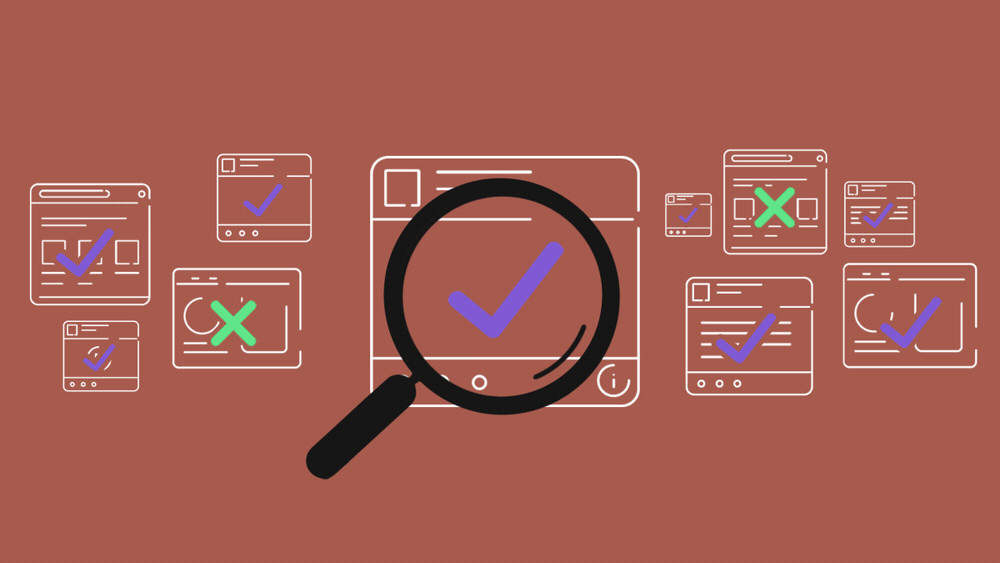The Ethical Issues of A/B testing in the Tech World
In recent years, ethics in usability research has increasingly become a concern among users. Large corporations track, monitor, and manipulate interfaces to evoke an intended reaction from a user. An example of this would be with A/B testing, which is a standard UX research method that can often yield some ethical issues. A/B testing is […]
The Ethical Issues of A/B testing in the Tech World Read More »


